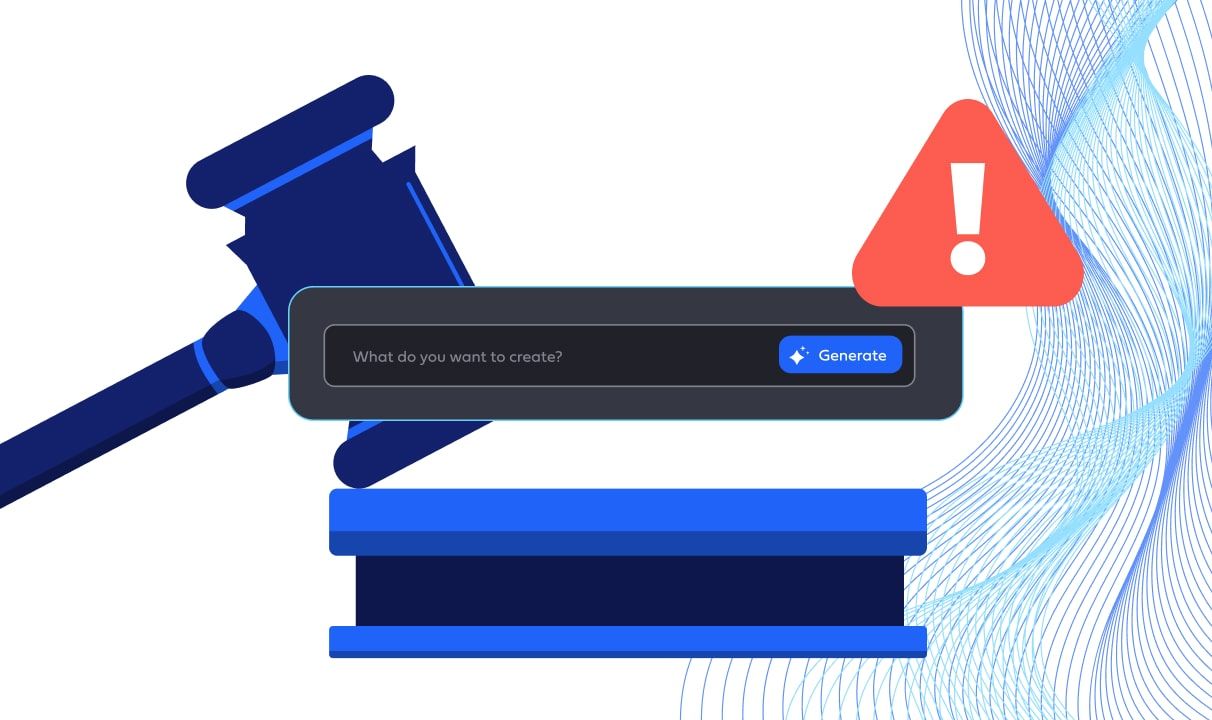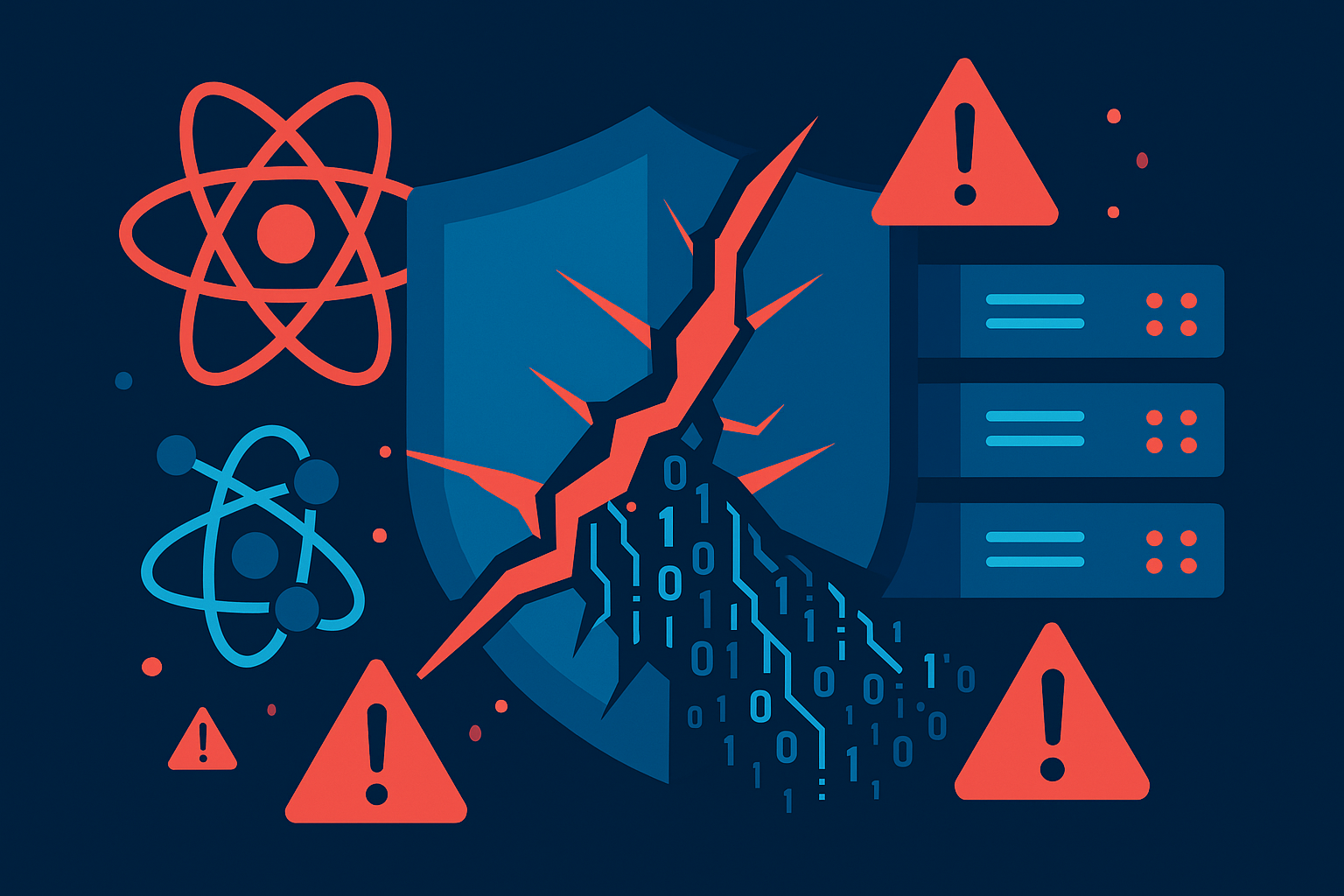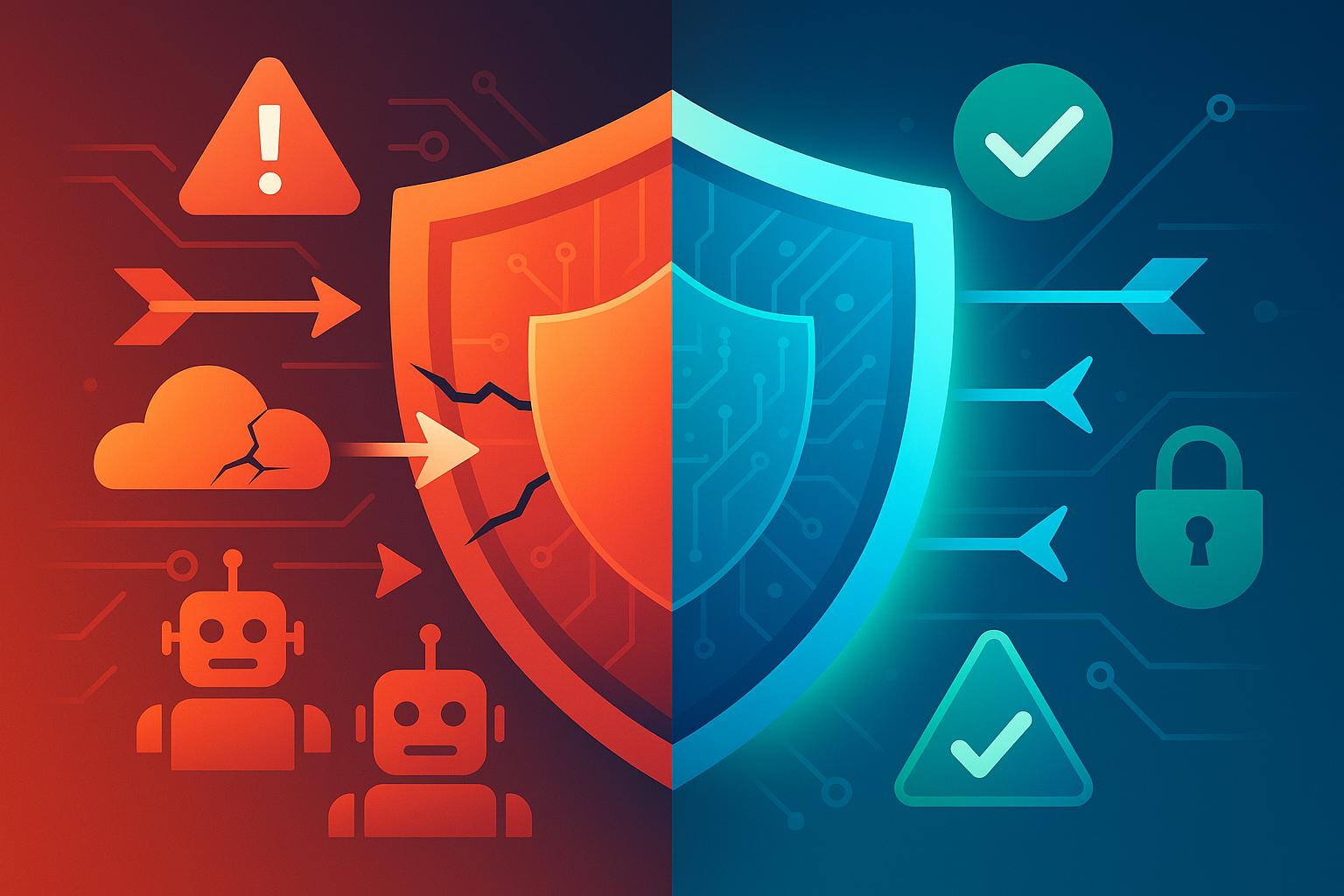Exploring Legal Challenges with Generative AI

Exploring Legal Challenges with Generative AI
The Legal Implications of Generative Artificial Intelligence
Generative artificial intelligence, including powerful language and image-generation tools such as ChatGPT and Stable Diffusion, raise numerous questions about their use of data and the application of law to their outputs. These novel questions are reflected in recent court cases and potential risk mitigation strategies.
The Evolution and Legal Minefield of Generative AI
There are several pending U.S. court cases raised against large entities including GitHub, Microsoft, and OpenAI, questioning the use of data in AI training models and technology such as GitHub Copilot that converts plain English into code in various languages. This lawsuit alleges that the companies violated software licensing terms.
Legal Disputes and Current Legislative Challenges
Not only are companies being held accountable for software licensing breaches, but artists are arguing copyright violation by AI tools scraping images from the internet for training. A significant lawsuit, where Getty Images alleged that Stable Diffusion’s use of its images to train models infringes on copyrights, raises the fundamental issue of the nature of data access and use.
The U.S. legal framework is currently focused on copyrights and patents in regulating AI-generated content. These frameworks are difficult to apply to AI-generated content. As Penti explains, the application of copyright law assumes an individual has conceived an idea. Recently, the U.S. Copyright Office stated that works created wholly by AI would not be protectable under copyright law.
The patent office has its ambiguities as well. The patent system, traditionally designed to protect physical inventions, is currently reconsidering the patentability of software and AI-generated content. As Penti articulates, “Our statutory patent system is really created to protect physical gizmos”, but this presents challenges with software protection.
The Existing Regulatory Environment and Contractual Measures
Given the immature regulatory landscape in the U.S., contractual agreements become a vital tool in agreeing on and protecting intellectual property rights. Penti suggests that contracts supplement the lack of “framework-based statutory support” in the U.S, particularly with regards to data use and protection.
Implications for Companies Using Generative AI
This uncertain legal environment has several implications for companies developing or using AI. Developers may need to be strategic and inventive with their data sources for AI models, while companies can reduce their legal risks by due diligence, monitoring AI systems, obtaining adequate assurances from service and data providers, or including indemnification clauses in contracts. The ultimate risk mitigation strategy suggested is to ensure proper training of employees creating these systems.




